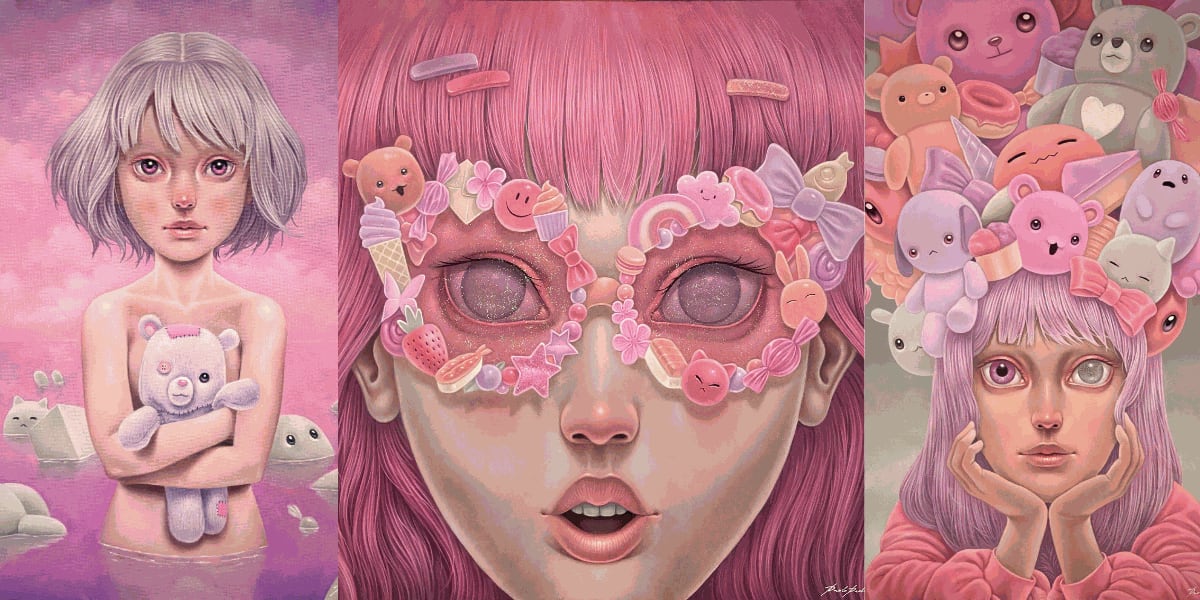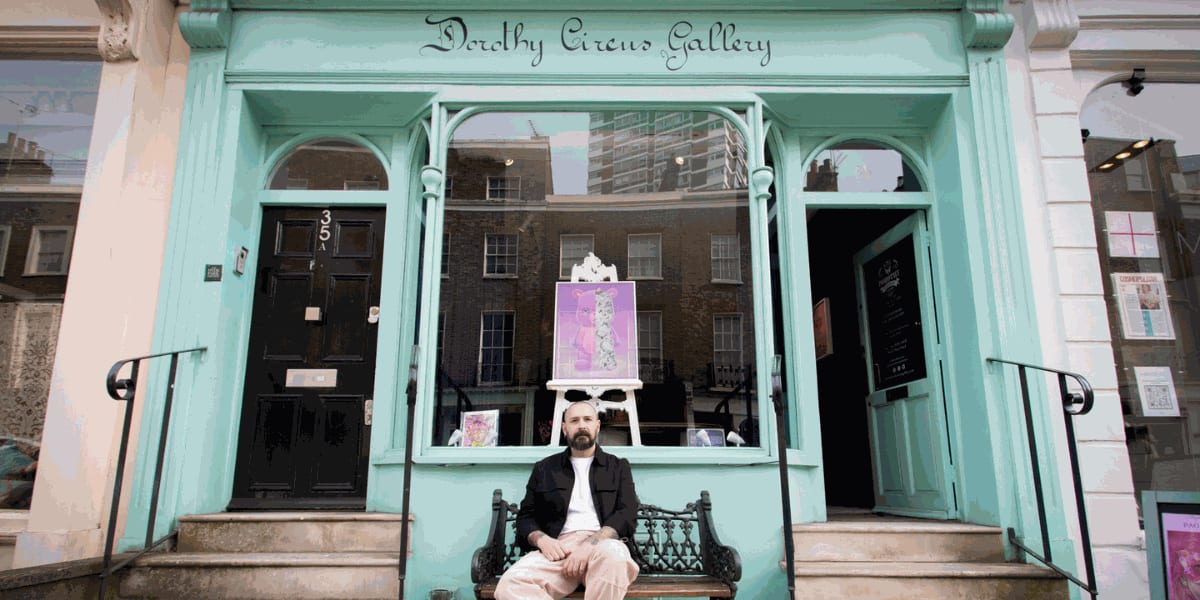


DCG: In an era where digitisation is omnipresent especially in art, how do you view its role in fuelling screen addiction and the malaise of consumerism, especially from the perspective of someone immersed in digital art?
PP:I think digitalisation plays a key role in fuelling consumerism, everything is now just a click away. Especially the social media and those who work with these media propose standards that are often unattainable, for those who follow these models I think there is a kind of worship and at the same time a sense of frustration that only increase the hunger for possession, fame, etc.

DCG: As we move further into the digital age, with AI redefining boundaries, how do you see its impact on the core of art and creativity? In what ways do you think it challenges or enriches the artistic landscape?
PP: Artificial intelligence is a bit scary, especially in art I think it doesn't make a lot of sense, art as far as I am concerned I think is born out of a need to express oneself if the creative spark moved by it is missing I don't know how much value it can have. There's no denying that it's a fun game, you see things that are visually very beautiful and inspiring but unfortunately empty.

PP: The teddy bear is certainly a symbol of childhood, just as a doll or a toy car can be. If we think about it, toys are the first objects to which we can attribute an emotional value or a memory in the course of our lives, but they are also the first to stimulate the desire to possess. In my paintings there are many puppets, toys and sweets that represent precisely those first childish and unconscious desires to have more and more.
 DCG: The recurring motif of the eye in your art opens up intriguing dialogues. Could you explore its symbolic meaning and how it aims to bridge the gap between the artwork and its viewer?
DCG: The recurring motif of the eye in your art opens up intriguing dialogues. Could you explore its symbolic meaning and how it aims to bridge the gap between the artwork and its viewer?
PP: I have always drawn eyes, it is that 'subject' I used to draw during a conversation on the phone or bored in class in my high school days. In this series dedicated to sight and perception more than ever, the eyes in the paintings are the key to interpreting the works. Our eyes allow us to observe and understand the world, and it is somewhat ironic to think how something that we need to see outside of us can actually make the viewer understand so much of what is inside us.
 DCG: The palette of your 'Altered Vision' collection is stunning, with deep, predominant shades of pink. Can you tell us how these colour decisions drive the narrative and what they symbolise within the larger narrative of your work?
DCG: The palette of your 'Altered Vision' collection is stunning, with deep, predominant shades of pink. Can you tell us how these colour decisions drive the narrative and what they symbolise within the larger narrative of your work?
PP: I have always wanted to use this palette and this seemed the most suitable opportunity, not only to explore every shade of pink but also because this colour is commonly linked to something light and frivolous. The sugary tones of the palette I feel go well with the concept of the superfluous giving the objects a more innocent substance, increasing the contrast between the criticism of consumerism and the sweetness of the colour rendering.



